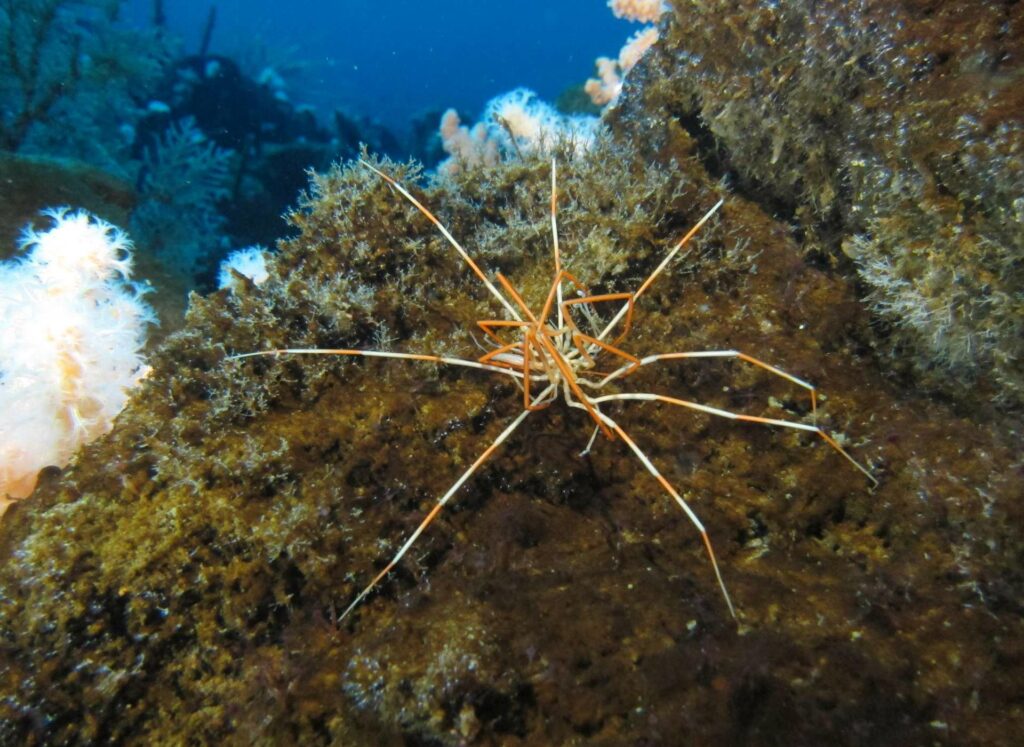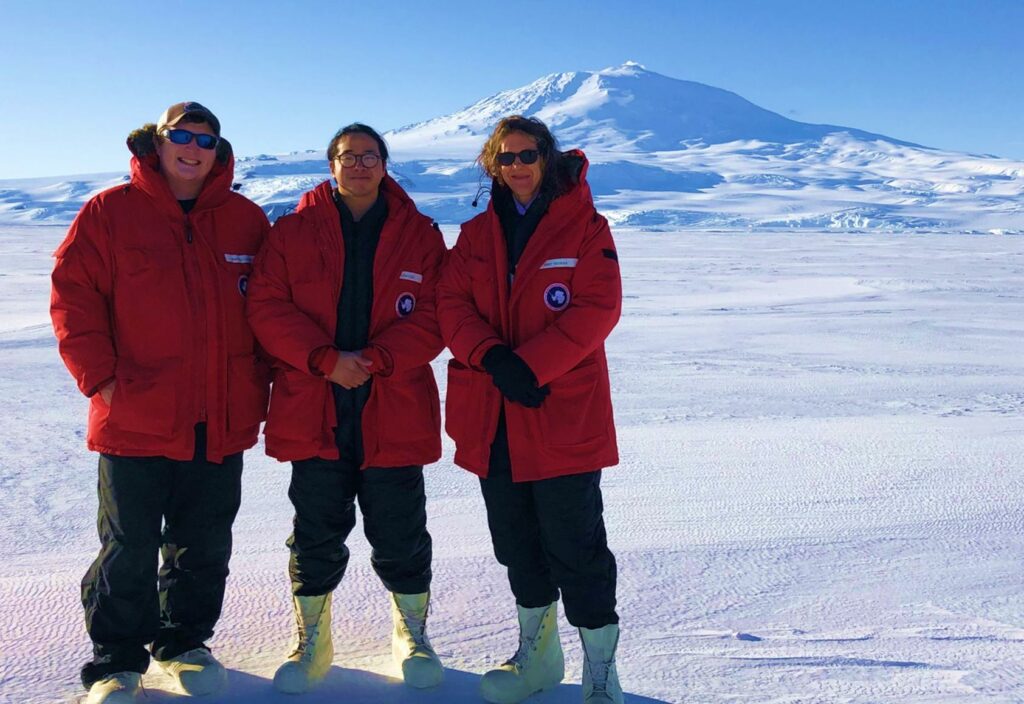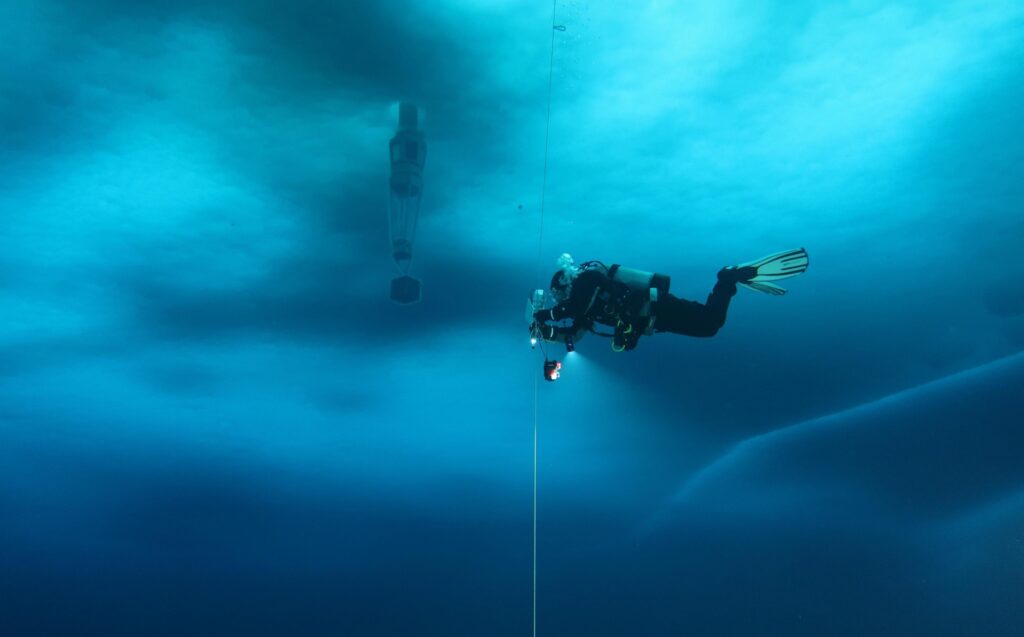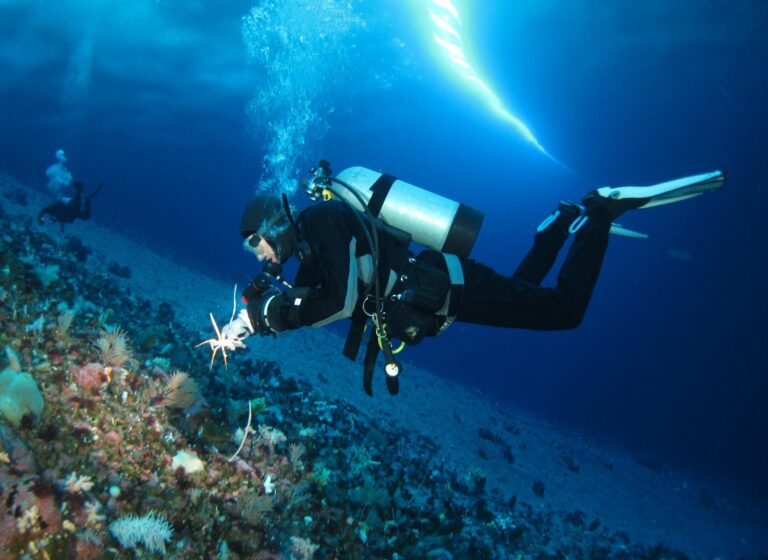Sea spiders are neither spiders nor spider-crabs, but a marine arthropod species of the order Pantopoda, and they are found all over the world. Now a team of research divers have worked out how a giant version living in the Antarctic breeds – and it does so unlike any of its relatives.
The creatures could even represent an “evolutionary bridge”, say the University of Hawaii at Mānoa scientists, who have produced a report after diving under ice to catch them for extended observation.

While sea spiders are usually fingernail-sized, some Antarctic species are examples of “polar gigantism”, with leg spans of as much as 30cm.
“In most sea spiders, the male parent takes care of the babies by carrying them around while they develop,” said the lead researcher, Prof Amy Moran from the university’s School of Life Sciences.
“What’s weird is that despite descriptions and research going back over 140 years, no one had ever seen the giant Antarctic sea spiders brooding their young, or knew anything about their development.”

During a field research expedition in McMurdo Sound in October 2021, Moran and PhD students Aaron Toh and Graham Lobert collected groups of giant sea spiders (Colossendeis megalonyx) that appeared to be mating, bringing them back to study in tanks.

They were amazed to find that two different mating groups produced thousands of tiny eggs. And instead of carrying the babies until they hatched, as with most sea spider species, one parent, thought likely to be the father, spent two days attaching the eggs to the rocky bottom.
They developed for several months there before hatching as larvae and, within weeks of laying, microscopic algae was covering and effectively camouflaging the eggs.
“We could hardly see the eggs even when we knew they were there, which is probably why researchers had never seen this before,” said Lobert.

“The males do care for the young, but they do it differently and they do it in a much simpler way than the other sea spiders,” said Moran. “So it may provide a kind of a look at the evolutionary bridge that leads to fathers taking care of their offspring.”
“The general ecology and reproductive biology of Antarctic marine species remains overwhelmingly unknown,” commented British Antarctic Survey biologist Lloyd Peck, who was not involved with the study.
“We have data on only a handful of species, so papers like this one are of huge importance in shedding light on how animals function in one of the least studied parts of the world’s ocean.”
The team’s findings have been published in Ecology.
Also on Divernet: Sub-Antarctic, Fin whales welcomed back to Antarctica, INDESCRIBABLE!, ‘Amazing’ seabed revealed as ice-sheet parts

